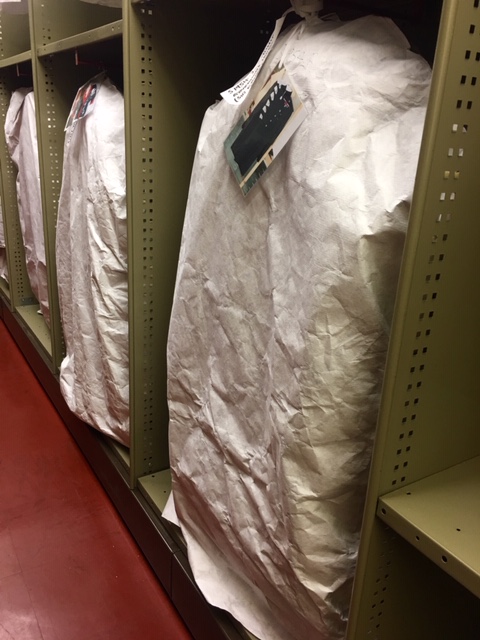As a first-year conservation student, I was unprepared for the moment I found myself wondering whether being haunted was a potential occupational hazard. I had just hung a heavy WWII frockcoat on a hanger covered by a custom-made Ethafoam bust, and stepped back to assess its fit. That’s when it really hit me – that this garment was like a tiny portal to another time and place, to its original wearer and even to the hands that made it. I realised the full gravity of what we were doing. In ensuring the preservation of this uniform, we were in a sense resurrecting it; and hanging there, its true shape and presence restored, with nobody inside it, I thought to myself, ‘We’re making ghosts’.
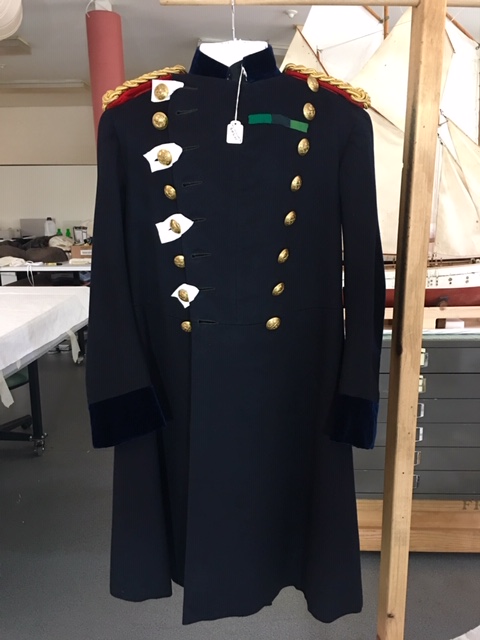
Over the past 12 months or so, Tasmanian Museum and Art Gallery (TMAG) staff Nikki King-Smith (conservator) and Tamzine Bennett (heritage officer), along with a number of volunteers, have been working on a project to re-house the history department’s military uniform collection. Previously, uniforms were stored hanging on plastic suit coat-hangers, which was not ideal. Luckily, some funding came to the rescue, and our small team has been working through over 150 uniforms; consisting of everything from tasselled maroon cummerbunds, to striking short occasion coats decorated with silver thread, to well-worn khaki-coloured woollen greatcoats. The new storage methods have been determined by garment type and characteristics, as well as storage area limitations.
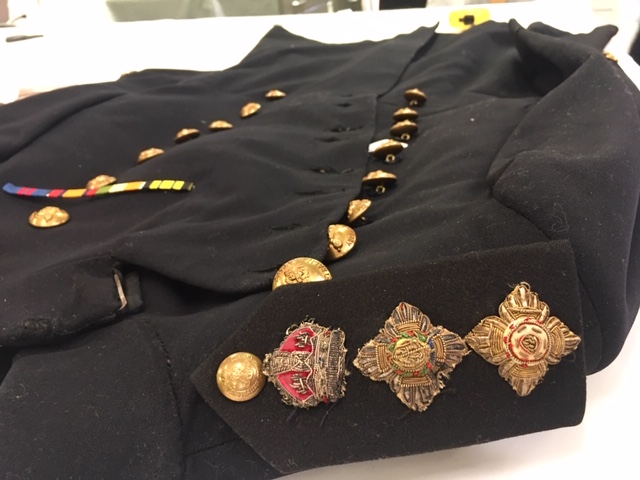
We began with the practical greatcoats, smart frockcoats and some short coats – their exterior made from a finer navy or red wool, and often featuring ornate pips along their shoulders, gold-coloured plaited epaulettes and decorative trims at collar and cuff. Due to their overall size and length, it was decided they were to be re-hung rather than boxed. This started with the creation of a bust (neck, shoulders and upper chest) designed from anatomical drawings, which were cut from Ethafoam, and two hot-glued together around a wooden coat-hanger to create the depth required. These were then individually shaped to each coat and covered with Tyvek.
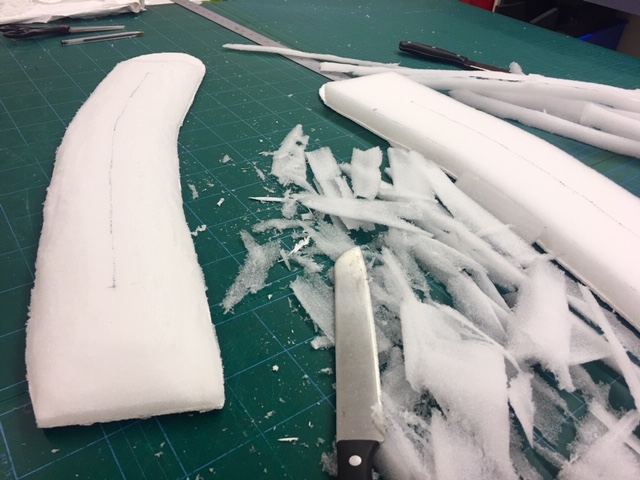
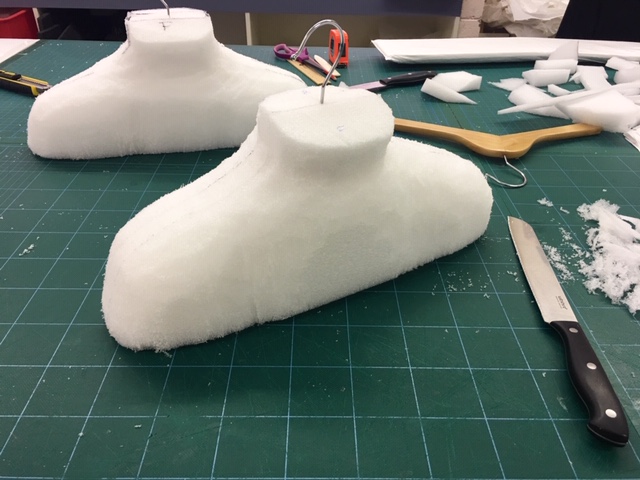
In some cases, the weight of the sleeves – due to the heavyweight fabric itself, or in combination with adornments around cuffs – meant they required support to prevent warping and stretching. This was achieved with sleeve-shaped inserts made from conservation board and sculpted Ethafoam, covered in Tyvek. In other instances, the coats were part of a set – often with trousers, but sometimes also a cummerbund, waistcoat or extra occasional epaulettes. These required their own solutions which, due to the desirability of keeping items together, involved some creative techniques to house them – hanging safely inside their respective coats.

Any jackets with silver present (which was tarnished, as, to my understanding, is to be expected with age) were given copper-impregnated plastic covers underneath their final Tyvek ones, to prevent any further deterioration. Overall, this was a time-consuming method; but the results, I think, speak for themselves. The coats look like life has been breathed back into them; and they are well supported to maintain their structure in the long term.
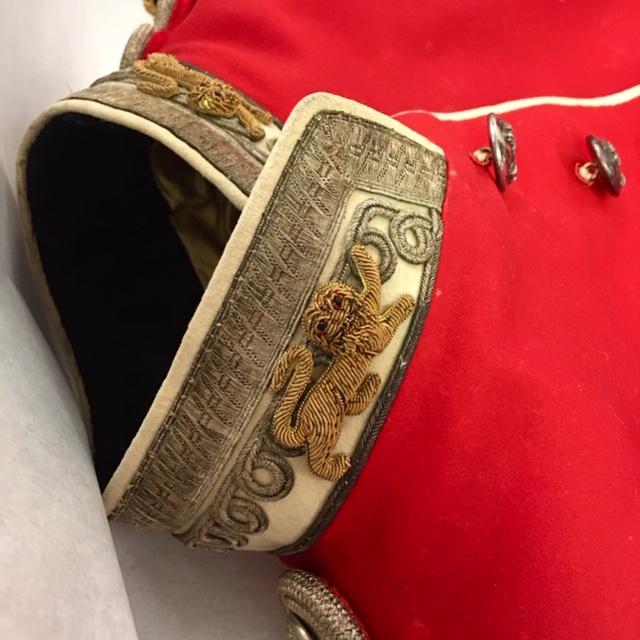
More recently, we have been boxing shorter jackets and sets to a similar end; except support comes in the form of scrunched shapes of tissue paper, and any extras carefully placed inside, or at the end, of the jackets themselves. Copper plastic is again used when necessary to surround the garment(s). Meanwhile, part of the history storeroom has been re-designed to make more effective use of the space – within compactus, longer coats are now being re-hung and textile boxes stacked in custom-made shelves. With any luck, everything might just fit … I think it’s amazing how, with a little work, objects can come back to life; and hopefully live long into the future. May their ghosts rest peacefully.

